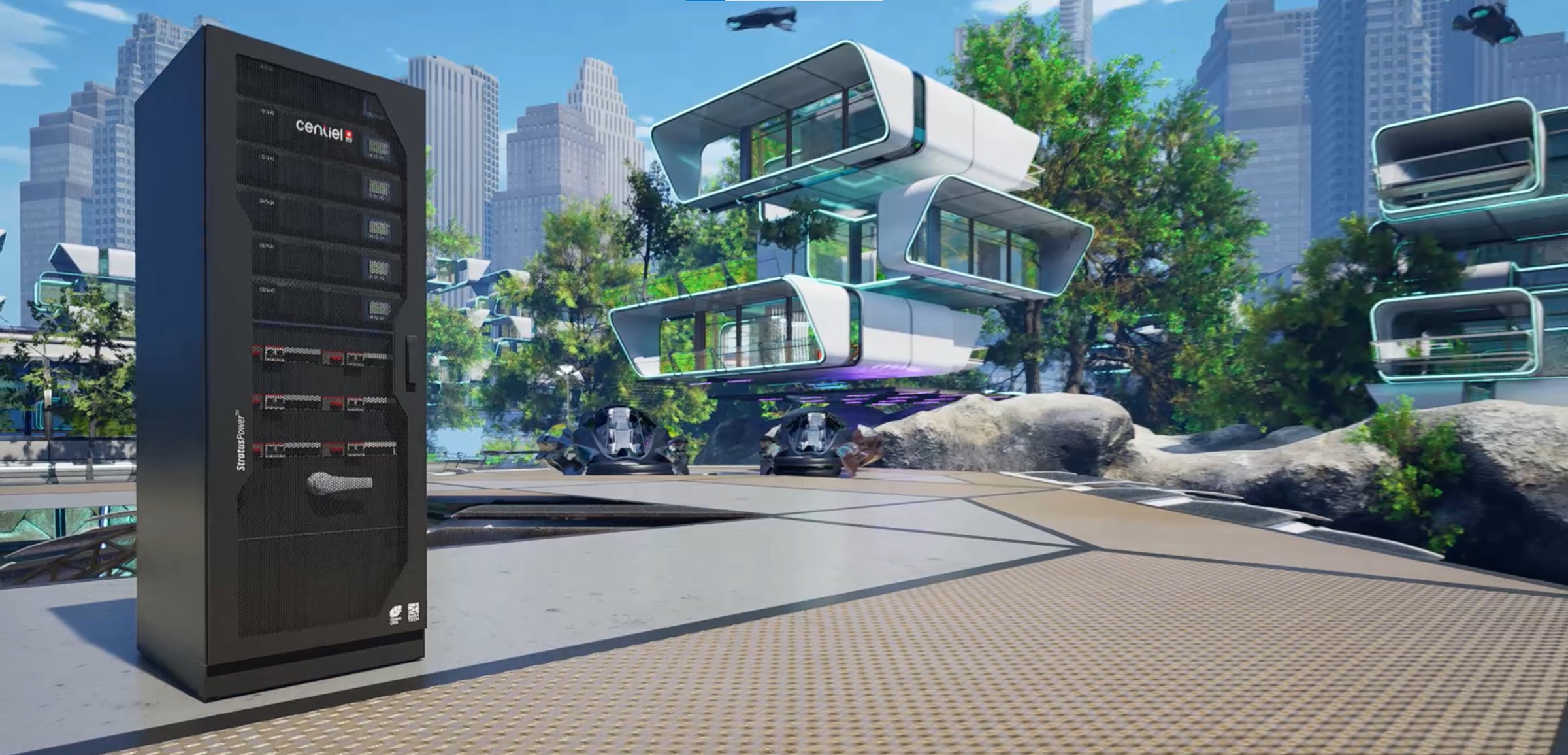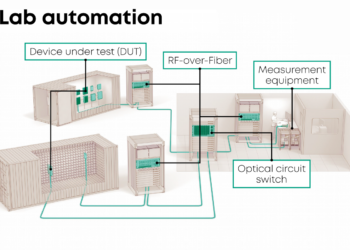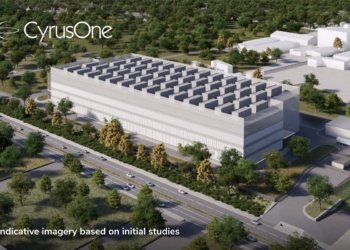How can data centres cope with the AI explosion?
Author: Simon Rowley

By Louis McGarry, Sales & Marketing Director at Centiel UK.
AI is at our doorstep. It’s so big, it’s unfathomable. It’s also unregulated. Even the Jeremy Vine show on Radio 2 has recently covered consumer fear of AI and it’s existing ability to replicate people’s voices for fraudulent purposes. This is not something which could happen in the future, it’s already here! The capability of AI is mind blowing and it is already starting to enter our lives in a small way, but this is set to mushroom very rapidly.
According to Forbes Advisor: “AI is expected to contribute a significant 21% net increase to the United States GDP by 2030, showcasing its impact on economic growth.”
As reported by Grand View Research: “AI continues to revolutionise various industries, with an expected annual growth rate of 37.3% between 2023 and 2030.”
Part of this growth is driven by investment. Digital currency providers and tech giants are ploughing billions of dollars into research and investment. These organisations are working to make AI more accessible for consumers and other businesses.
In some ways, AI will become the monster we can’t tame, but it will offer many applications for good too, even if we can’t comprehend what these will be yet. From improving healthcare to automating transport, applications have the potential to make our lives easier. According to Forbes Advisor in 2024, “the most popular AI uses include responding to messages, answering financial questions, planning travel itineraries and crafting social media posts as its versatility transforms everyday tasks.”
What we do know is that machine learning is power hungry and the growth in AI and blockchain will need to be managed in terms of energy use within the data centre. More space will be needed, and so will more energy to manage the processing power required.
The International Energy Agency has stated that data centres currently use about 1% of the global electricity demand. However, McKinsey estimated that by 2030, data centres’ power consumption will almost double and is expected to reach 35 gigawatts of power consumption annually, up from 17 gigawatts in 2022.
Managing current capacity
Data centre managers will need to be open minded about taking advantage of available capacity. Traditionally, UPS have been over sized and lightly loaded. This means in the UK, currently we have multi-megawatts of protected power which is underutilised. Instead of building new data centres, in the short-term at least, can we look at how valuable space can be better occupied?
There may be legal and moral questions about renting existing space to new AI customers, however, there are also opportunities. In the UK, we have the best of the best in terms of resilience and architecture for power infrastructure and managing and renting existing space better could offer some answers to avoid adding further strain to the grid at this early stage.
Being future-ready
Data centres will also need to manage energy better. According to Electricity 2024, a report from the International Energy Agency, electricity consumption from data centres, artificial intelligence (AI) and the cryptocurrency sector could double within the next two years.
I believe that in the future, data centres will need to generate their own energy through renewable sources purely to reduce their reliance on the grid and minimise costs. For the first time in history, pressure to adopt a sustainable approach using renewable energy sources and the need to save money go hand-in-hand.
However, any technology deployed must be flexible enough to be able to adapt and accept different energy sources – some of which may not have even been invented yet. Here’s where data centres and the manufacturers that supply them need to be open-minded, flexible and agile.
Data centres will still need to be designed to maximise energy efficiency but can they harness renewables? Flat roofs can be used to take advantage of solar energy or is there space for wind turbines in large grounds?
From a UPS perspective, Centiel has already taken significant steps to support the need to reduce energy use. Its’ sustainable modular UPS StratusPower offers the highest levels of availability and has on-line efficiencies close to 98%.
Uniquely, StratusPower has already been designed with the future use of renewable energy, such as solar and wind, in mind. Currently mains AC power is rectified to create a DC bus that is used to charge batteries and provide an input to an inverter. But what about a future where the DC bus can deliver critical power protection using renewable energy sources? There is little doubt that future grid instability and unreliability will need to be corrected by the use of renewables and StratusPower is ready to meet this future.
AI is a monster that we need to look straight in the face. We can’t ignore it. It will change our world beyond our imagination and so we need to be prepared to change too.
As well as managing space and energy better, we will need to implement protocols to control AI. To avoid catastrophic consequences, a UPS controlled by AI must never be permitted. A UPS can be enabled to dial out but not to dial in.
I also believe making AI or blockchain more visible within data centres will allow it to be managed better for the common good and not just by a small minority who could use it for harm. If understanding is increased and it is in the open, it has more chance to become regulated.
Currently understanding the universe, planets and space is easier than comprehending the capability of AI. There is a great deal of fear, but as an industry we must be open, discuss issues and potential solutions and prepare for changes which will come. And they will come quickly.
The fact is that we don’t know what the future holds in terms of innovation. With AI and the Blockchain sector set to accelerate electricity use exponentially, data centres need to act now to reduce power consumption. Harnessing renewable energy sources will future-proof businesses and Centiel’s expert team of trusted advisors, can work hand-in-hand with data centres to advise about how to achieve this using the most efficient UPS systems while carefully managing total cost of ownership, avoiding risk and not compromising on availability. Only by working better together as human beings, will we ensure that our data centres can cope with the AI explosion.
For further information, visit www.centiel.com.
For more from Centiel, click here.








